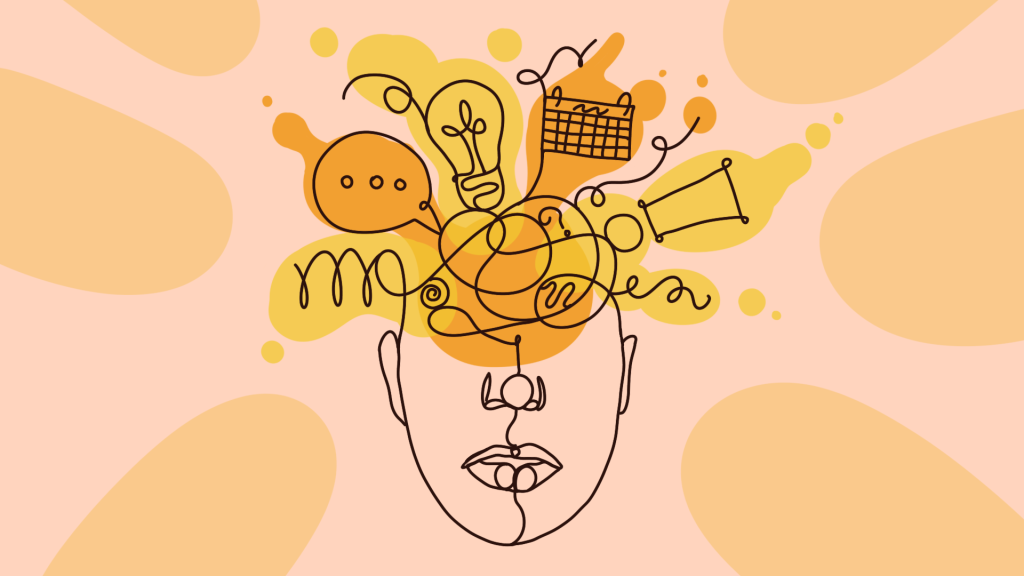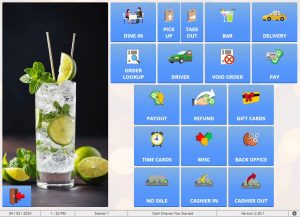Technology and ADHD: Using Instruments for Support and Management

The neurodevelopmental disorder known as Attention Deficit Hyperactivity Disorder (ADHD) is typified by issues with hyperactivity, impulsivity, and attention. While social connections and schooling are two areas in which ADHD poses difficulties, technology has emerged as a potent ally in the management of symptoms and provision of support. This article examines the relationship between technology and ADHD, going over how digital tools and applications can be used to improve management techniques and the general quality of life for those with ADHD.
Recognizing the Effects of ADHD
People of all ages are impacted by ADHD, which has an impact on their capacity to concentrate, plan work, manage time, and control their emotions. These issues frequently surface in social, professional, and academic contexts, making it challenging to accomplish objectives and preserve relationships. But because to technological breakthroughs, there are hopeful answers to these problems, including products that specifically target the needs of people with ADHD.
Technology’s Place in ADHD Management
Technology helps with organisation, time management, cognitive training, and behavioural therapy, among other aspects of ADHD management. By utilising the advantages of digital platforms, these technologies help improve self-regulation abilities and offer individualized support. The following are important areas where technology can have a big impact:
Time Management and Organization
Programs like Microsoft Outlook, Apple Calendar, and Google Calendar assist people with ADHD in efficiently managing appointments, setting reminders, and organizing tasks.
By facilitating task prioritization, scheduling, and tracking, programs like Todoist, Trello, and Asana let users divide large projects into smaller, more manageable tasks.
Efficiency and Concentration
To increase focus and productivity, apps like Focus Booster and Pomodone make use of the Pomodoro Technique, a time management strategy that divides work into intervals separated by brief pauses.
Programs like Scrivener and FocusWriter reduce interruptions and improve focus while creating distraction-free environments for writing and other creative pursuits.
Brain Games and Cognitive Training
Interactive and entertaining activities are used in programs like Lumosity, CogniFit, and Elevate to enhance memory, attention, and problem-solving abilities through cognitive exercises and games.
Emotional and Behavioral Assistance
By enabling users to track their mood patterns, recognize triggers, and keep an eye on their emotional well-being, apps like Moodpath and Daylio encourage self-awareness and proactive emotion management.
Mindfulness and Meditation Apps
To lower stress, sharpen attention, and improve general mental health, use apps like Headspace, Calm, and Insight Timer that offer guided meditation sessions and mindfulness activities.
Assistive Education and Learning
By translating text to voice or speech to text, assistive technologies such as Read&Write and Dragon NaturallySpeaking make it easier for people with ADHD to access and produce written content.
Adaptive Learning Platforms
Learning resources like Khan Academy, Quizlet, and Duolingo provide personalized learning experiences that adjust to each learner’s unique learning preferences and speed, encouraging involvement and retention.
The Best Ways to Use Technology Efficiently
While there are many advantages to using technology to manage ADHD, it’s important to follow recommended procedures to optimize its benefits and reduce any potential downsides:
Personalization and Customization
Select tools and applications based on personal tastes and needs, taking into account features, ease of use of the interface, and compatibility with daily routines.
To enhance effectiveness in managing tasks, time, and emotions, establish regular patterns of usage and incorporate technology into everyday routines.
Monitoring and Feedback
Consistently analyze how technology affects managing ADHD through self-report, input from educators or caregivers, and modifications in response to changing objectives and requirements.
Balanced Use and Boundaries
To enhance general wellbeing and reduce screen-related weariness or overstimulation, adopt a balanced approach to technology use by establishing boundaries, planning breaks, and giving offline activities priority.
Collaboration and Support
Encourage cooperation among educators, healthcare providers, and support groups in order to successfully integrate technology into an all-encompassing ADHD treatment strategy.
Difficulties and Points to Take
Even while technology has great potential to help manage ADHD, there are a few issues and things to keep in mind:
Affordability and Accessibility
Depending on socioeconomic circumstances, access to technology and digital resources may differ, which restricts equitable access to helpful resources and assistance.
Privacy and Data Security
Follow privacy laws and best practices for data protection to guarantee the privacy and security of personal information when utilizing digital platforms and apps.
Technology Dependency
Keep an eye out for the possible negative effects of an excessive reliance on technology, including less in-person engagement, digital distraction, and addictive behaviors that could compromise general wellbeing.
Final Thoughts
In summary, technology is a useful tool for managing and supporting people with ADHD. It provides creative ways to improve focus, increase organization, ease learning, and support emotional health. Through the use of digital platforms and applications, people with ADHD can develop critical skills, overcome obstacles, and become more independent in their personal, professional, and academic efforts.
With individualized, easily accessible, and efficient solutions, technology has the potential to empower people with ADHD and improve their quality of life as it develops further. By seizing the chances that technology presents, we can create a more accepting and encouraging atmosphere that helps people with ADHD flourish and realize their full potential.




